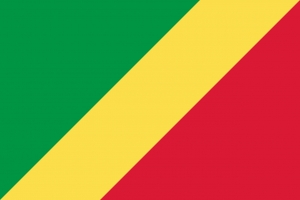Difference between revisions of "Language/Lingala/Grammar/The-Past-Tense-To-Be"
Jump to navigation
Jump to search
| Line 9: | Line 9: | ||
{| class="wikitable" | {| class="wikitable" | ||
! colspan="3" |Lingala | |||
!English | |||
|- | |- | ||
|na+zala+ki | |na+zala+ki | ||
Revision as of 15:57, 4 October 2021
The Past Tense: To Be – Learn the Lingala Language
The past tense As with all the other tense formations, the past tense is formed with a combination of the subject pronoun, the root stem and a consistent ending that signals that it’s a past tense form.
To create the past tense of kozala, first drop the ‘ko-’ from the infinitive form and replace it with the appropriate subject pronoun – again, na-, o-, a-, to-, bo-, ba-, e- – and then add ‘-ki’ to the end of the infinitive root.
| Lingala | English | ||
|---|---|---|---|
| na+zala+ki | nazalaki | (nah-ZAH-lah-kee) | I was |
| o+zala+ki | ozalaki | (oh-ZAH-lah-kee) | you were |
| a+zala+ki | azalaki | (ah-ZAH-lah-kee) | he/she was |
| to+zala+ki | tozalaki | (toh-ZAH-lah-kee) | we were |
| bo+zala+ki | bozalaki | (boh-ZAH-lah-kee) | you were (plural) |
| ba+zala+ki | bazalaki | (bah-ZAH-lah-kee) | they were |
| e+zala+ki | ezalaki | (eh-ZAH-lah-kee) | it was |
Somewhat confusingly, Lingala uses the same word for yesterday and tomorrow – lobi (LOH-bee) – so it is important to listen for (or look for, if you’re reading) the distinctive ‘kee’ sound at the end of every past tense verb form.
Source
https://lobalingala.files.wordpress.com/2014/07/23042014-loba-lingala.pdf
